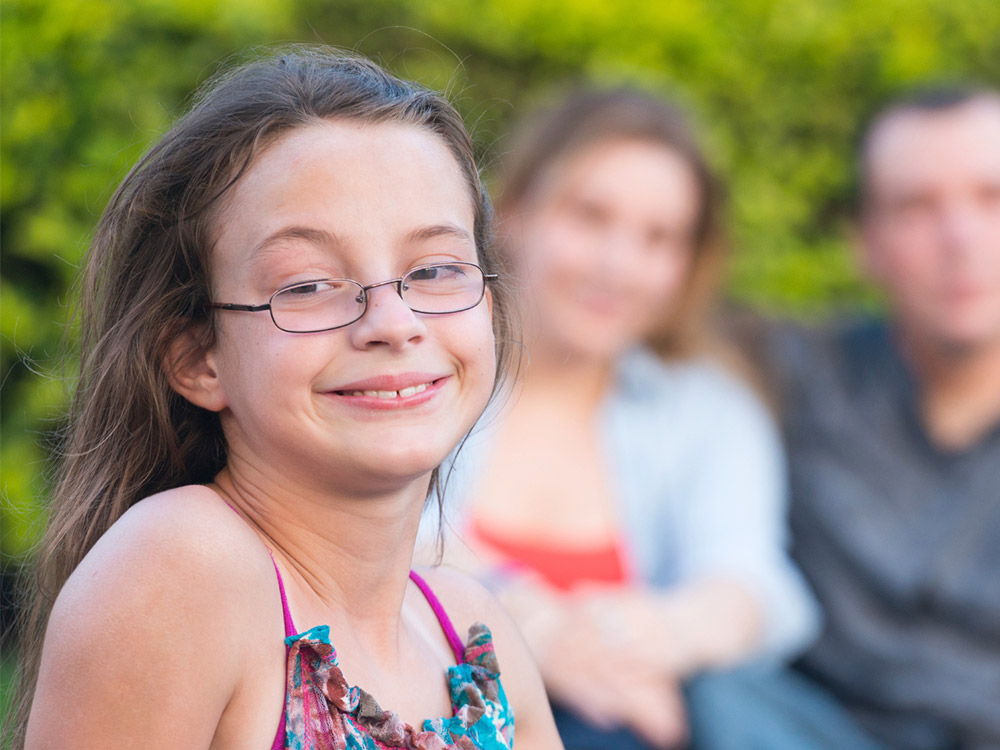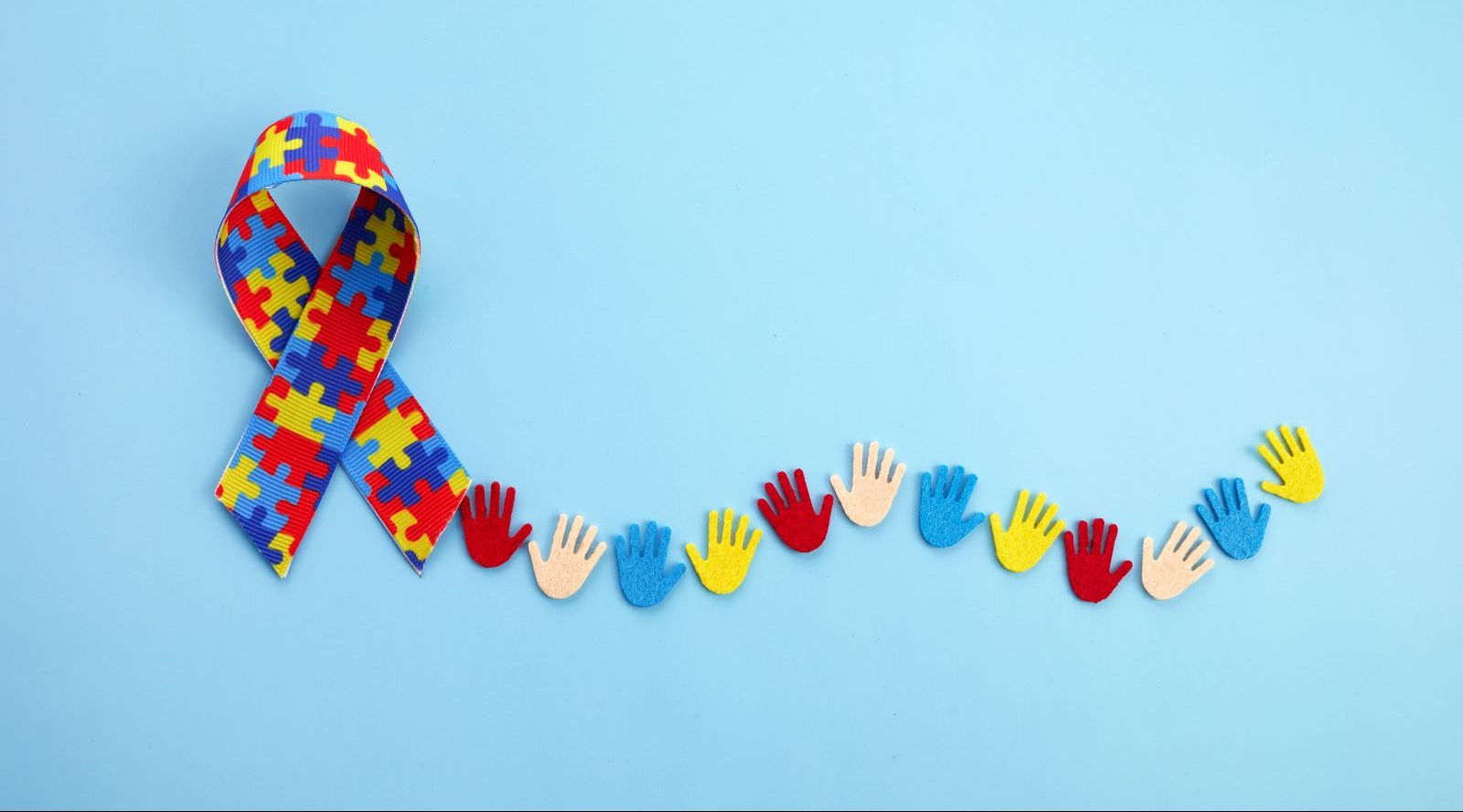How to Interact Effectively with Liked Ones on the Autism Range
How to Interact Effectively with Liked Ones on the Autism Range
Blog Article
Comprehending Autism: A Comprehensive Guide to Symptoms And Signs
Autism Spectrum Problem (ASD) incorporates a wide range of qualities that can considerably impact an individual's social interactions and day-to-day functioning. Comprehending these nuances not only help caregivers and educators in providing suitable assistance but additionally promotes an extra inclusive setting for individuals with ASD.
Summary of Autism Spectrum Problem
Defining Autism Spectrum Condition (ASD) entails identifying it as a complicated neurodevelopmental problem characterized by a series of obstacles in social interaction, interaction, and behavioral patterns. The term "range" mirrors the wide variability in signs and their seriousness, which can differ significantly from one person to another. ASD generally materializes in early childhood, although some individuals may not obtain a medical diagnosis until later in life.
Factors affecting the growth of ASD include genetic proneness and ecological aspects, although the exact causes remain under investigation. Diagnosis usually counts on behavioral analyses, as there are no clear-cut clinical tests for ASD. Early intervention is vital and can dramatically enhance results, concentrating on improving interaction abilities, social interactions, and flexible behaviors.
People with ASD may likewise display special staminas, such as remarkable interest to detail or specific locations of experience. Recognizing the complex nature of ASD is essential for cultivating a comprehensive setting that suits neurodiversity. Continued study is important for developing effective treatments and support group, making it possible for people with ASD to prosper and meet their possible within culture.
Usual Signs of Autism
Recognizing the typical indications of Autism Range Condition (ASD) is essential for very early identification and treatment. These signs can vary extensively in extent and discussion, but specific features are regularly observed in individuals with ASD.
Among the most common signs is a significant difficulty in preserving and establishing eye call. People might also show restricted interest in social communications and show a choice for solitary play. Repetitive habits, such as hand-flapping, shaking, or spinning objects, usually emerge early in youth. Additionally, some youngsters might develop stringent regimens and come to be distressed if these routines are interrupted.
Sensory sensitivities are additionally common; individuals may underreact or panic to sensory stimuli, such as lights, appearances, or audios. autism. Language growth can be atypical, with some kids displaying delayed speech or making use of language in unusual methods, including echolalia-- repeating sentences or phrases listened to elsewhere
It is important to note that not every person with ASD will certainly present all these indications, and the degree of these actions can vary significantly. Early acknowledgment permits prompt support and sources, boosting the top quality of life for those on the spectrum.
Social Interaction Challenges
Social communication difficulties are a hallmark of Autism Range Problem (ASD), influencing a person's capability to involve successfully with others. These difficulties can show up in various methods, consisting of difficulties in starting and preserving conversations, recognizing social signs, and responding suitably in social interactions.
People with ASD may fight with nonverbal communication, such as eye get in touch with, faces, and body language. This can bring about check that misconceptions, as their communicative intent might not be correctly interpreted by others. Moreover, they may locate it tough to comprehend the subtleties of tone and context, which are necessary for reliable interaction.
In group settings, people with ASD may really feel overwhelmed and may not know just how to sign up with in discussions (autism). They may additionally show atypical conversational patterns, such as monologuing regarding details interests without recognizing social reciprocity
Moreover, these obstacles can lead to social seclusion or difficulties in my website developing connections, as peers may misinterpret their habits or interaction style. Understanding these social communication difficulties is crucial for cultivating helpful environments that promote social abilities advancement and boost the quality of communications for individuals on the autism spectrum.
Sensory Sensitivities and Feedbacks
Many individuals with Autism Range Condition (ASD) experience heightened sensory sensitivities that can substantially influence their daily lives. A person with ASD might discover day-to-day sounds, such as a vacuum cleaner or crowded atmospheres, extremely stressful, leading to anxiety or disasters.
Sensory processing differences in individuals with ASD can also affect their ability to participate in regular tasks and social communications. For example, a child that is delicate to touch might resist physical affection or stay clear of specific clothing textiles. Conversely, a preference for certain textures or preferences can limit nutritional options and develop difficulties throughout nourishments.
Comprehending these sensory sensitivities is crucial for identifying the one-of-a-kind experiences of individuals with ASD. Recognition of their sensory profiles can foster much better communication and support approaches, developing a setting that accommodates their demands and improves their lifestyle. Inevitably, recognizing sensory sensitivities is a critical part of comprehending the broader spectrum of autism.

Sustaining Individuals With Autism
Efficient support for individuals with Autism Range Disorder (ASD) is critical for boosting their general wellness and fostering self-reliance. Support approaches should be tailored to fulfill the special demands go to the website of each individual, considering their difficulties and toughness.

Social abilities training can additionally play a critical duty. autism. Involving individuals in group tasks or role-playing scenarios can boost their ability to browse social communications. In addition, it is vital to inform household participants, caregivers, and peers regarding ASD to foster a encouraging and inclusive area
Verdict
To conclude, an extensive understanding of Autism Range Problem is essential for acknowledging its signs and indicators. Early recognition of usual qualities, such as social interaction challenges and sensory level of sensitivities, makes it possible for educators and caretakers to execute effective treatments. By promoting improved interaction and social abilities, individuals with autism can navigate their environments a lot more successfully. Eventually, boosted understanding and assistance can dramatically improve the high quality of life for those influenced by ASD.
Autism Spectrum Disorder (ASD) incorporates a wide array of characteristics that can significantly affect a person's social interactions and day-to-day performance.Individuals with ASD may struggle with nonverbal communication, such as eye call, facial expressions, and body language.Many people with Autism Spectrum Problem (ASD) experience heightened sensory level of sensitivities that can significantly influence their everyday lives.Sensory processing distinctions in people with ASD can likewise impact their capacity to involve in social communications and regular activities.Comprehending these sensory sensitivities is necessary for identifying the unique experiences of individuals with ASD.
Report this page